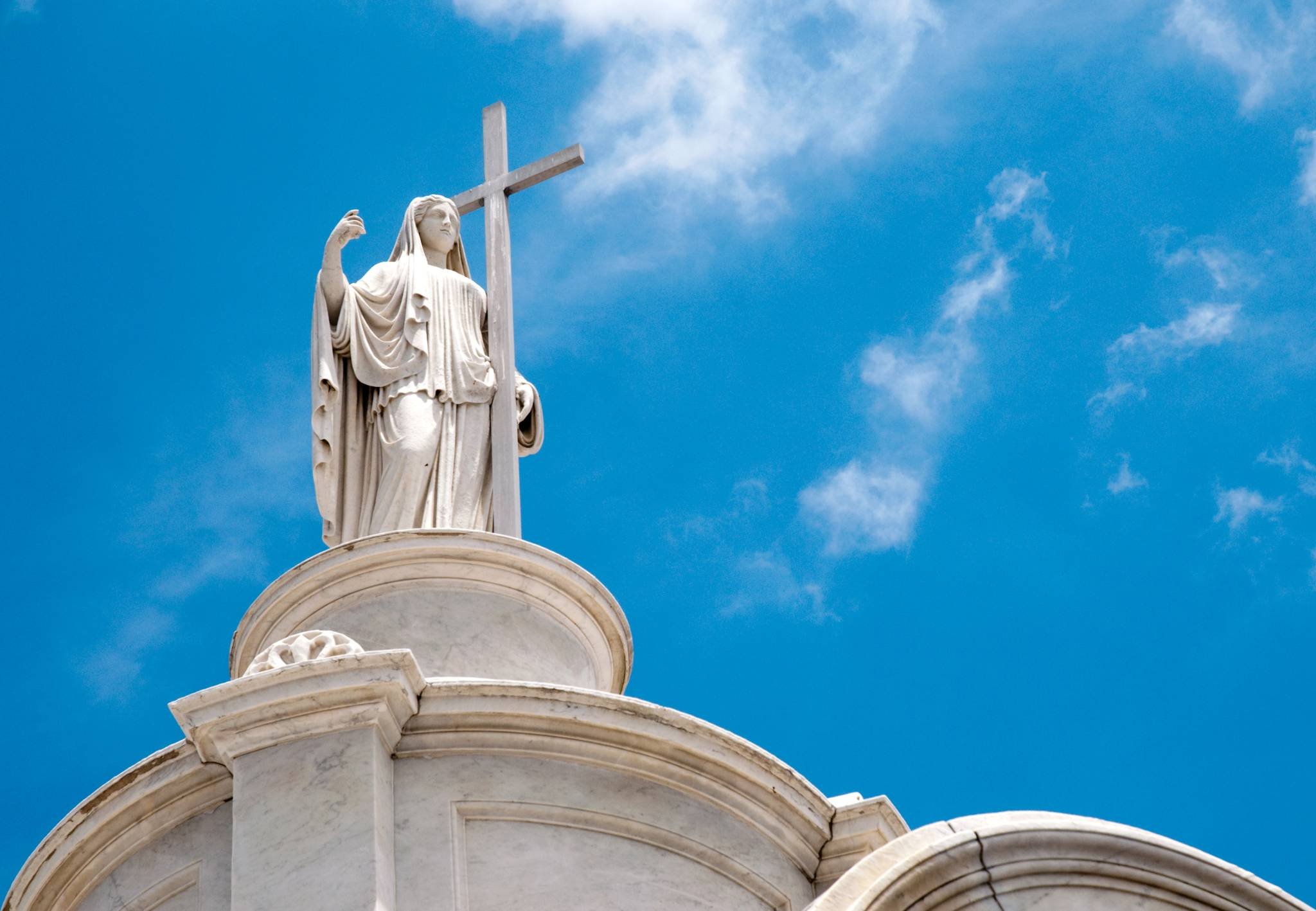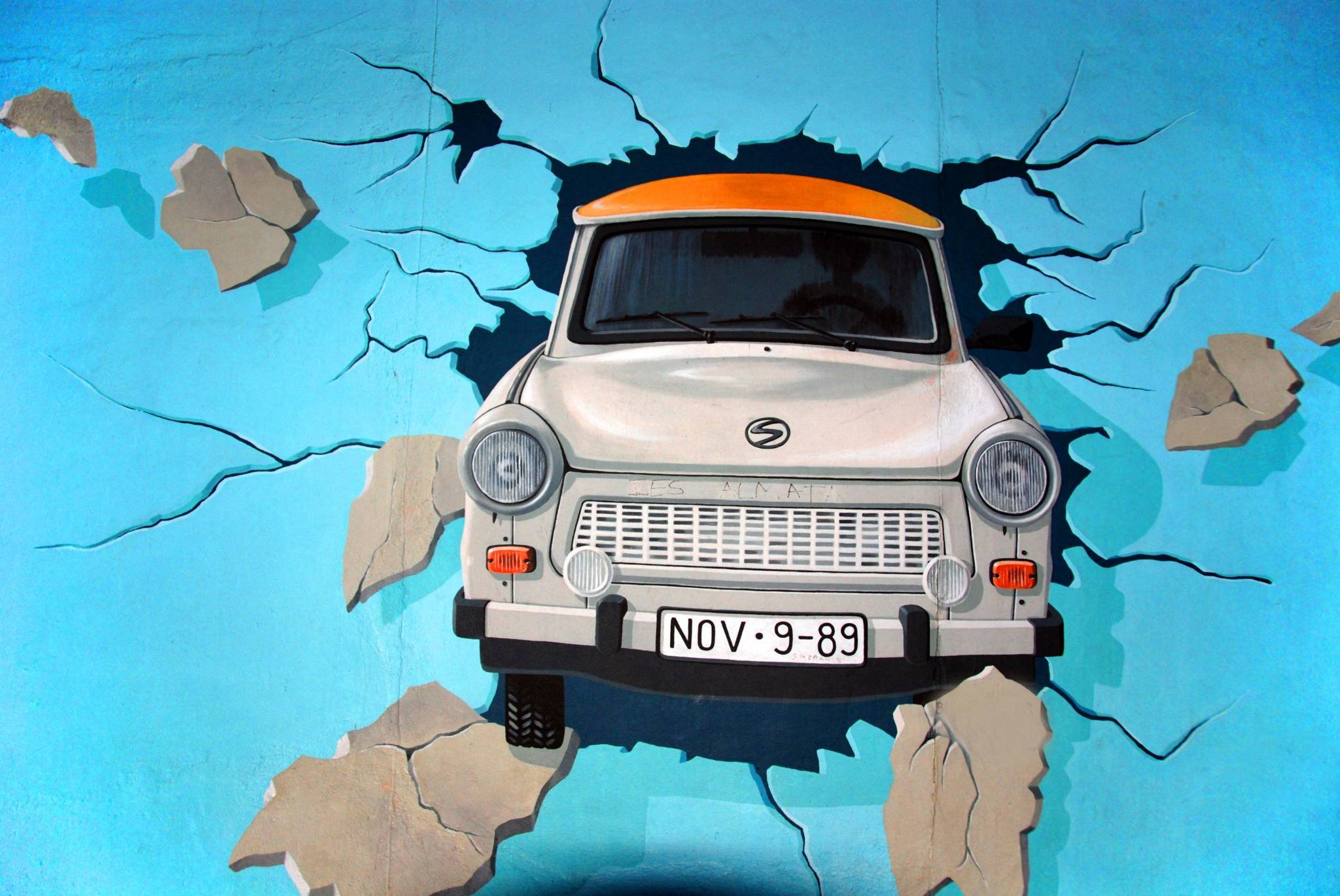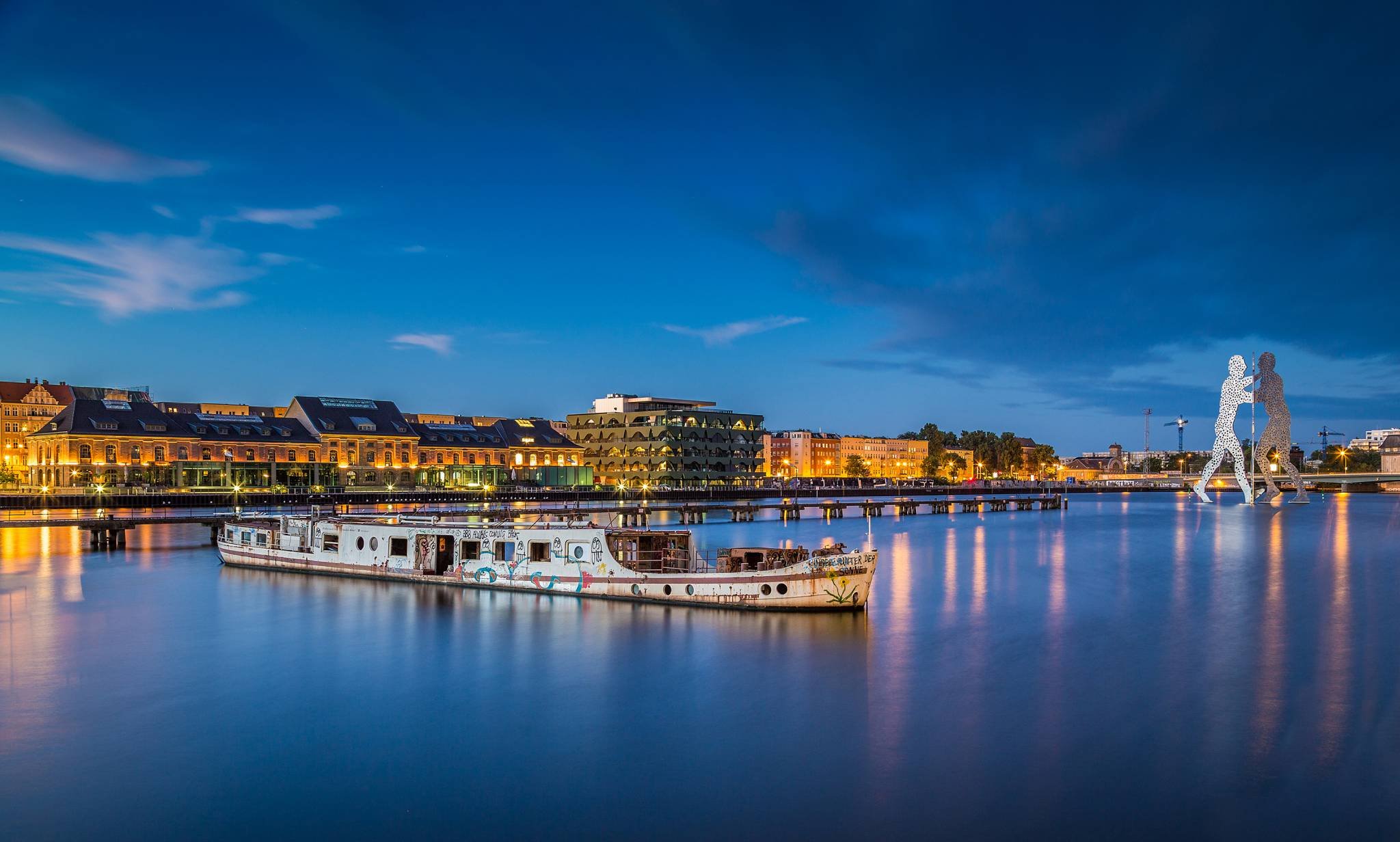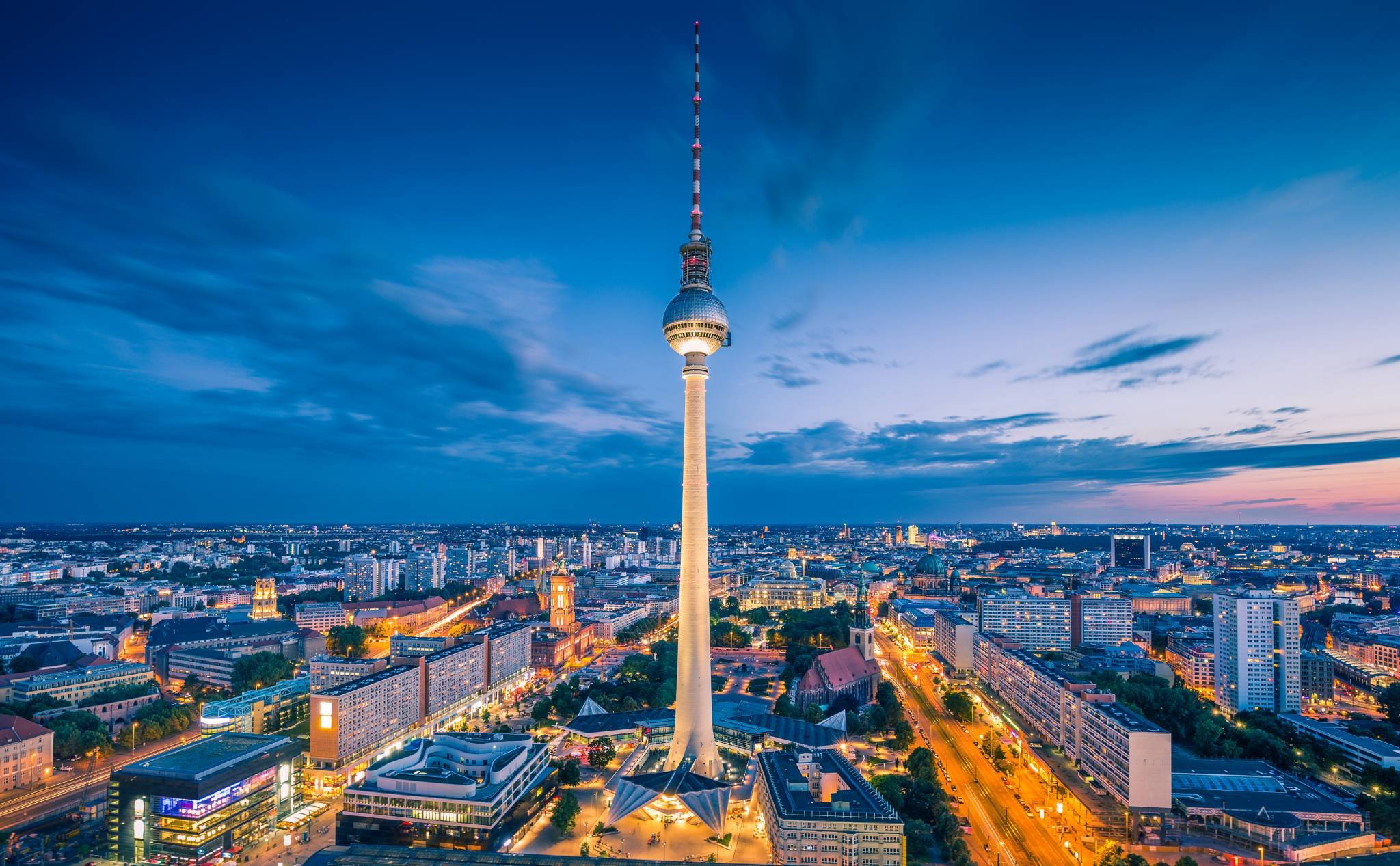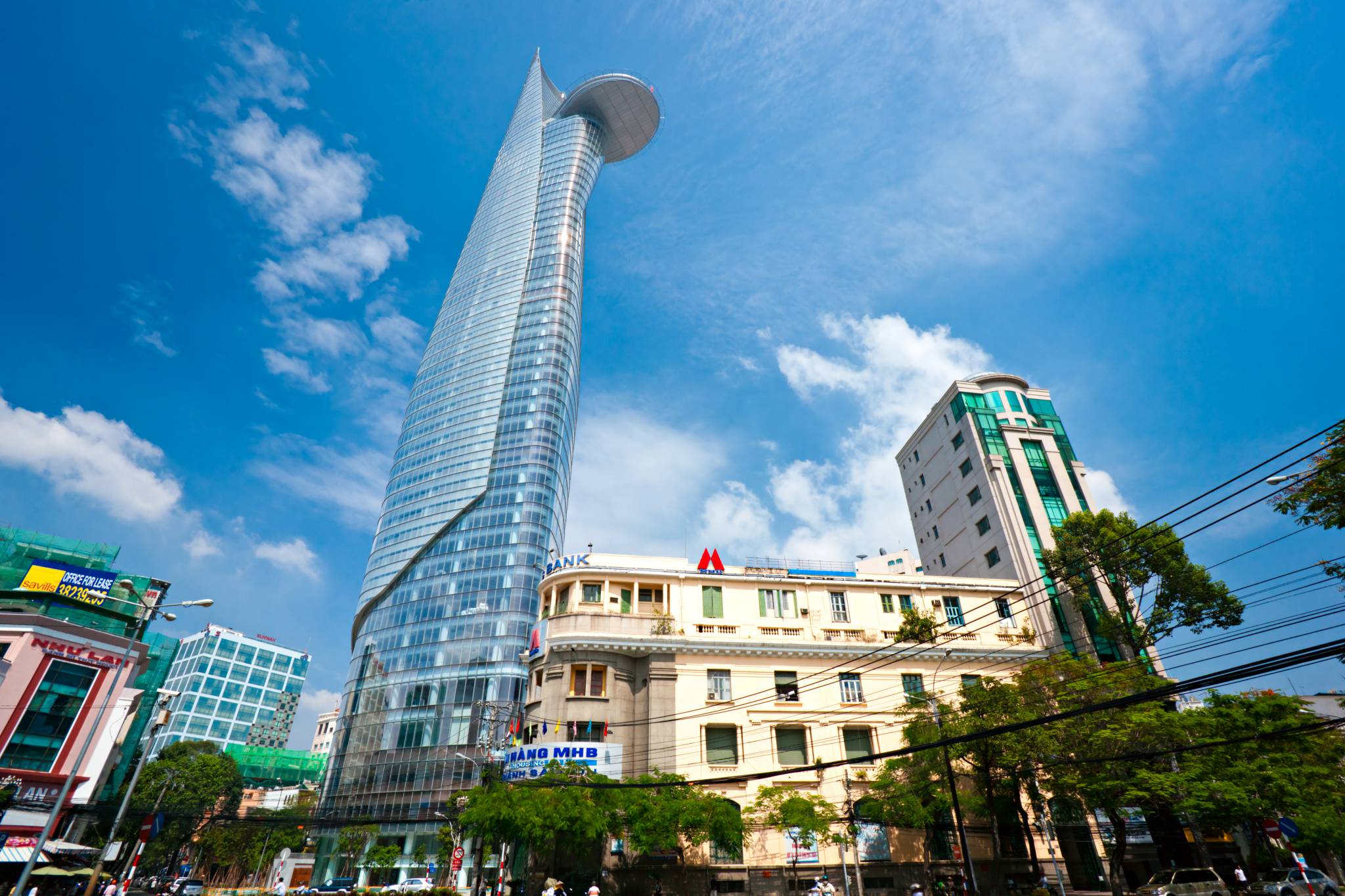New Orleans wears many hats — jazz capital, culinary mecca, Mardi Gras madness — but beneath the beads and beignets lies something darker. Something older. Something... still lingering. Welcome to the haunted side of New Orleans, where the line between the living and the dead is thinner than a Café du Monde beignet in August humidity.
Here’s your offbeat, spine-tingling guide to the ghostly underbelly of NOLA. Bring your appetite for the paranormal — and maybe a strong Sazerac (or two).
1. The French Quarter: Charming by Day, Chilling by Night
Strolling the cobblestone labyrinth of the French Quarter, unaware tourists might think they’re in for a whimsical escape of street performers and powdered sugar. But linger past dusk and you’ll feel it — a cold shiver down the spine, the faint sound of footsteps behind you, and creaky shutters that move when there is no wind.
The LaLaurie Mansion on Royal Street is notorious. Madame Delphine LaLaurie may have been the belle of 1830s high society, but she had a monstrous double life that makes American Horror Story look like children’s theater. The tales of her cruelty and the spirits left behind make this one of the most haunted homes in the United States.
Ghost tours thrive in the Quarter for good reason. Guides regale with stories of brothels with spectral visitors, spirits spotted in the windows of old hotels, and bars where drinks have literally flown off the shelves. Haunted history tours like those from Haunted History Tours of New Orleans make for a thrilling evening walk with more goosebumps than a midnight ride on a swamp fan boat.
2. Above Ground and Six Feet Scarier: The Haunted Cemeteries
You’ve likely seen images of New Orleans’cemeteries — ornate cities of the dead with crypts housing generations of families. Due to the city’s high water table, New Orleans buries its dead in tombs raised above ground. As practical as it is photogenic, these cemeteries are also hotbeds of restless spirits and voodoo legend.
St. Louis Cemetery No. 1 is the grande dame of these necropolises and the final resting place of Marie Laveau, the Voodoo Queen of New Orleans. Her tomb is often marked with Xs and lipstick kisses from those hoping to curry spiritual favor. Though closed to individual visitors due to vandalism, guided tours are still allowed and highly recommended.
Tip: Book with licensed guides who have access to restricted areas and, more importantly, know how to respectfully interpret the deep cultural significance of these burial grounds.
3. Voodoo, Hoodoo, and How You Doin’?
Visit the New Orleans Historic Voodoo Museum in the French Quarter to learn about the true practice. Better yet, take a voodoo tour to Congo Square in Louis Armstrong Park where enslaved Africans once held ceremonies blending dance, drums, and defiance.
Marie Laveau wasn't just an excellent hairstylist and community leader — she was an undisputed force of spiritual power. Voodoo remains an integral part of New Orleans culture, but it’s often misunderstood. It’s not devil worship or black magic. It’s a syncretic religion rooted in West African traditions, with a firm respect for the spirit world and ancestral connection.
And if you’re after something a touch more... mystical, visit Island of Salvation Botanica, a voodoo spiritual shop with candles, talismans and, if you're ready, a psychic reading included with a purchase of herbal oils.
4. Haunted Hospitality: Sleep with Spirits
If you're brave enough to rest your weary head amidst lingering energies, New Orleans has hotels with just as many ghosts as guests.
At the famously haunted Hotel Monteleone, located on Royal Street, ghosts reportedly include a man who died of a broken heart and a small boy who likes to ride the elevators solo. The carousel-themed rotating bar is possibly your best shot at liquid courage.
The Bourbon Orleans Hotel was once a convent, an orphanage, and even a theater. Now, it's a hotel where visitors report sightings of ghost children, Civil War soldiers, and even spectral dancers in the ballroom.
5. Haunted Bites and Eerie Elixirs
Even ghosts dine well in NOLA. Muriel’s Jackson Square is one of the city's most haunted restaurants. Spirits have reportedly joined diners at reserved tables (no, really — the restaurant sets a place for its resident ghost). Dining on shrimp and grits has never felt more deliciously eerie.
If you like your apparitions served with absinthe, head to the Old Absinthe House. The bar isn’t just haunted — it’s history-saturated, visited by the likes of Jean Lafitte and Andrew Jackson back when duels were still a thing.
For a spookier brunch, try The Court of Two Sisters, where ghostly figures have reportedly been spotted sweeping through its famously lush courtyard.
Final Thoughts: Is New Orleans Really Haunted?
Well, is gumbo spicy? Is jazz best played after midnight? New Orleans is undeniably alive — but it's equally animated by those who never left. Whether you're a skeptic or a seeker, it's impossible to walk its rain-slicked streets and not feel something ancient and mystical lingering in the air.
After all, you don’t get called the most haunted city in America for nothing.
Ready to meet the ghosts of New Orleans?
Visit NewOrleans.com for official city information and to plan your eerie escape.
FAQs About the Haunted Side of New Orleans
Q: What is the most haunted place in New Orleans?
Q: Which cemeteries in New Orleans are haunted?
A: St. Louis Cemetery No. 1 is the most famous, but Lafayette Cemetery No. 1 in the Garden District also has eerie tales and stunning tombs.
Q: What’s the best haunted hotel in New Orleans?
A: The Bourbon Orleans or the Hotel Monteleone are both great options for travelers seeking ghosts with their turn-down service.
Q: Are ghost tours kid-friendly?
A: Most ghost tours are suitable for older kids, though some contain mature content. Check with individual tour operators for age recommendations.
Q: Is it safe to take a ghost tour at night?
A: Yes, especially when you go with a reputable tour company. Stick to well-lit areas and stay with the group — unless you're okay getting haunted AND lost.
A: The LaLaurie Mansion in the French Quarter takes the top honor. With a blood-chilling history and consistent paranormal sightings, it's widely considered one of the most haunted houses in the country.
Q: Can you visit Marie Laveau’s tomb?
A: Yes, but only with a licensed guide through St. Louis Cemetery No. 1. The cemetery is otherwise closed to the public to prevent vandalism.
Q: Are voodoo tours respectful and educational?
A: Absolutely—especially when led by knowledgeable local guides. These tours demystify voodoo and offer an authentic look into a deeply spiritual and rich cultural tradition.







